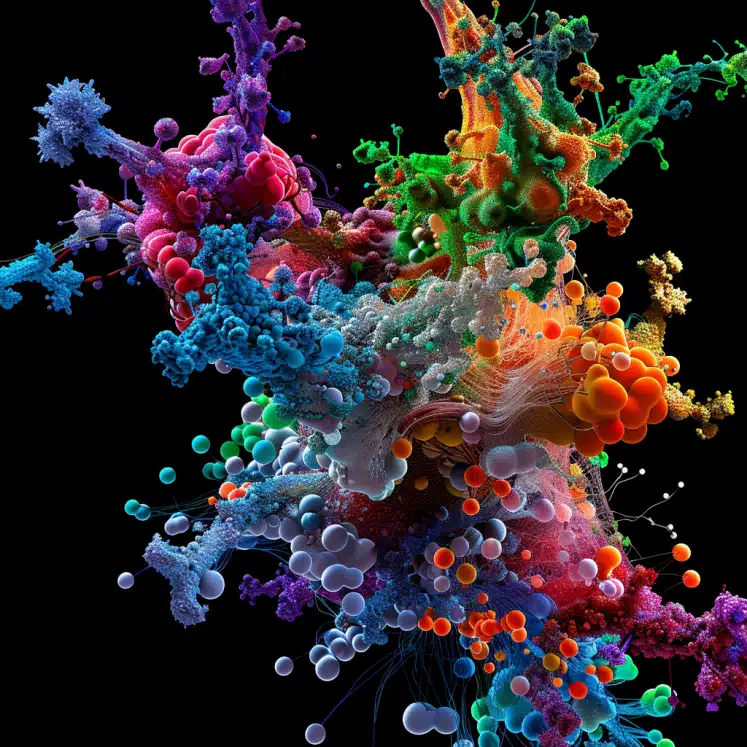Necrostatin-1, an inhibitor of necroptosis, exhibits significant neuroprotective effects and potential therapeutic applications in various neurological disorders by modulating cell death pathways, inflammation, and reactive oxygen species.
Highlights:
- Mechanism of Action: Necrostatin-1 specifically inhibits receptor-interacting protein 1 (RIP1), preventing necroptosis and other cell death pathways, including apoptosis and ferroptosis.
- Neuroprotective Role: It shows promise in treating neurological disorders such as ischemic stroke, Parkinson’s disease, epilepsy, Alzheimer’s disease, subarachnoid hemorrhage, and spinal cord injury.
- Anti-inflammatory Effects: Necrostatin-1 reduces neuroinflammation by inhibiting pro-inflammatory cytokines and promoting neutrophil apoptosis.
- Reactive Oxygen Species (ROS): It mitigates oxidative stress-induced neuronal damage by reducing ROS levels and enhancing cellular glutathione.
- Clinical Potential: Beyond neurological disorders, Necrostatin-1 may also have applications in plastic surgery, transplantation, and alleviation of drug toxicity.
Source: Frontiers in Cellular Neuroscience (2024)
Conclusion: Necrostatin-1 for Neuroprotection
In summary, Necrostatin-1, a synthetic inhibitor of necroptosis, has demonstrated significant neuroprotective effects across various neurological disorders by modulating multiple cell death pathways and reducing inflammation.
Its ability to specifically inhibit RIP1 kinase and affect pathways like apoptosis and ferroptosis positions it as a valuable therapeutic candidate.
Despite its promising applications, the complexity of its mechanisms and potential toxicity in certain contexts highlight the need for further research.
Addressing these challenges could optimize Necrostatin-1’s clinical use, offering new avenues for treating conditions such as ischemic stroke, Parkinson’s disease, epilepsy, Alzheimer’s disease, and spinal cord injury.
The ongoing exploration of Necrostatin-1’s roles and mechanisms will be crucial in harnessing its full potential for medical advancements.
References
- Study: Necrostatin-1: a promising compound for neurological disorders (2024)
- Authors: Ke-qian Chen et al.









